Knox Stories
Spring Break Roundup: Knox College Students Embrace Diverse Opportunities
Knox College students are taking full advantage of spring break with a variety of enriching experiences.
Venture Boldly

Office of Communications
2 East South Street
Galesburg, IL 61401
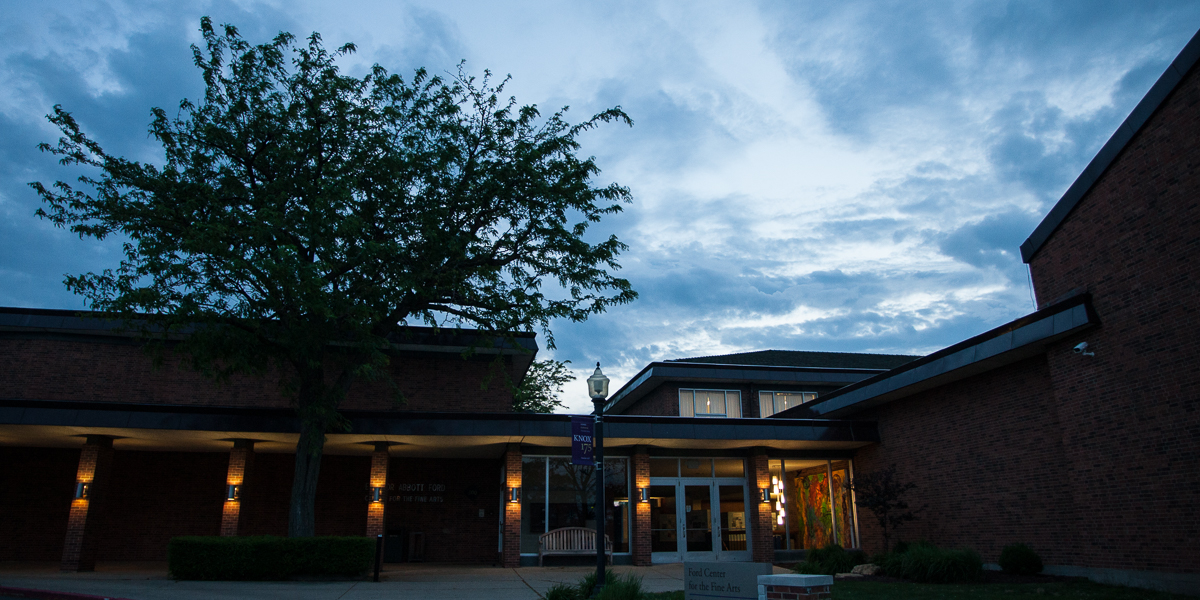
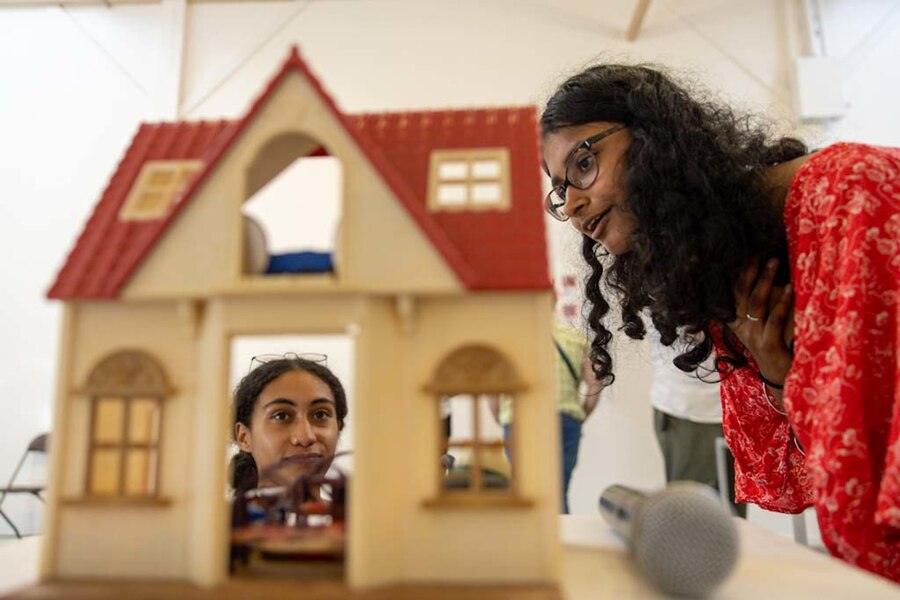
Knox College's Immersion Summer program gives students an avenue to try new course topics in between academic year schedules, while also allowing faculty to branch out into new subjects of their own. These programs build on the College’s strong history of immersion experiences, giving students a new avenue of focused research and hands-on learning to add to their Knox education.
Provost and Dean of the College Michael Schneider underscores the value of Immersion Summer courses for Knox students. He says these programs offer a focused, intensive learning experience that complements the broad-based education students receive during the academic year.
“'Immersion Summer' has become an engine of innovation for Knox,” Schneider added. “Faculty and staff have been enormously creative and experimental in developing new programs for the summer. Moreover, students have embraced the possibilities of the immersion model and thrown themselves into the success of these programs.”
Schneider also notes that these immersive courses provide opportunities for students to build connections with communities beyond Knox, enriching their educational and professional networks.
Over the summer, Knox students participated in multiple intensive four-week programs: Middle Eastern Music in the United States: History and Performance and Life; Deconstructing Barbie; Indigenous Representation and Cultural Identity in Illinois; Virtual Heritage, and Video Games: Recreating a Nagasaki Mission School; and Work, Community, and Culture in the Second City. Immersion Summer 2024 was generously suppored by funding from the National Endowment for the Humanities, the Eleanor W. Stellyes Fund in Global Studies, and the Joseph J. Hartog Endowment in Global Studies and Scholarship.
Here's a closer look at each program:
Middle Eastern Music in the United States: History and Performance, taught by Visiting Assistant Professor of Music Alyssa Mathias, allowed students to use music as a gateway to explore the rich cultural life of Middle Eastern communities in the United States.
Open to students of all musical backgrounds, the class traveled to Chicago, IL, and Dearborn, MI, to engage directly with cultural institutions, participate in workshops with renowned musicians to learn to play repertoire from US-based Arab, Armenian, Jewish, Kurdish, and Turkish communities, and conduct exploratory research at the Arab American National Museum. The group discussed the global context of the music, with conversations about how conflicts past and present have affected both individual musicians and entire artistic traditions
Mathias expressed the joy of connecting her students with the type of music theory and technique that inspired her own career. The course also provided a platform for discussing the impact of historical and contemporary conflicts on artistic traditions, highlighting the resilience and vibrancy of Middle Eastern cultural life in the U.S.
“[The class] is also a wonderful chance to hook students into welcoming communities beyond Knox,” Mathias added. “These students now have a link to artistic communities in Chicago and the Detroit area. That's good networking practice, regardless of career.”
Throughout their time taking part in Life, Work, Community, and Culture in the Second City, students lived in Chicago and immersed themselves in the city's vibrant culture and diverse communities. Led by Assistant Professor of Political Science Thomas Bell and Associate Professor of Political Science Andrew Civettini, the course combined internships around Chicago with cultural explorations of the city, offering a comprehensive look at life and work in a major urban center.
Students were placed in internships across various sectors, including work with Knox alumni Dakota Stipp ’17 for his company Amuse Technologies, as well as Barabara ’80 and Joe Moore ’80 for their new company Quiet Whimsy. Students spent downtime visiting museums, cultural centers, and historical sites, participated in walking tours led by local activists, and attended city council meetings and cultural events. This structure allowed students to gain professional experience while also developing a deep understanding of Chicago's social fabric.
“The experience fostered the kind of relationships that you can’t simply replicate in a classroom,” Bell said.
This four-week program, led by Professor of Environmental Studies and The Douglas and Maria Bayer Endowed Chair in Earth Science Katie Adelsberger and Mary Elizabeth Hand Bright and Edwin Winslow Bright Distinguished Professor of American History Cate Denial, delved into the history of Native American removal from Illinois and examined the representation of Indigenous communities within the state today. Through a combination of lectures, museum visits, and field trips to archaeological sites, students explored how best practices in the exhibition and preservation of Indigenous cultures are being incorporated into public representations.
The course delved into research on Native history, settler colonialism, and the complexities of Indigenous identity through a colonial lens. Students visited significant sites, including the Dixon Mounds and Illinois State Museum, where they critically engaged with how these institutions portray Indigenous histories.
Adelsberger described the course as a unique opportunity to explore Illinois and its Indigenous history through place-based learning.
Denial emphasized the effort by students to engage critically with museum exhibits and Indigenous history. "These students now share a better view of what the museum profession looks like and can now critically engage with museums of all types," she added.
Deconstructing Barbie, taught by Visiting Assistant Professor of Philosophy Sami Seybold, centered on the interdisciplinary exploration of the cultural phenomenon of the Barbie doll. Students analyzed how the doll, movie, and broader ethos surrounding Barbie reinforce and subvert mainstream American ideologies about gender, capitalism, beauty, and more. The course combined media studies, philosophy, and hands-on projects, culminating in a showcase where students presented personal reflections through various mediums.
Students participated in analyzing Barbie-related texts and videos and visited the Chicago Art Museum, where they explored the intersection of gender, art, politics, and activism. The final project allowed students to create a portfolio of two or more pieces in different mediums, reflecting their interpretations of what Barbie means to them. The group also traveled around Galesburg to various thrift stores and antique shops to purchase elements for their projects, allowing the class to engage with the community and interact with the coursework in a new way.
Seybold highlighted the interdisciplinary discourse that emerged from the course, with discussions ranging from capitalism and gender to cultural values.
She was excited to see how students engaged with the material and how their diverse perspectives influenced their final projects.
Virtual Heritage and Video Games: Recreating a Nagasaki Mission School offered students a unique opportunity to explore digital humanities through the lens of historical reconstruction. Led by Assistant Professor of History Jessa Dahl, this innovative course centered on creating a proof-of-concept interactive virtual heritage video game experience of the Kwassui Girls' School, an American missionary school founded in 1879 in Nagasaki, Japan.
The original Kwassui Girls' School structure no longer exists, but through archival research, 3D modeling, and interactive design, students aimed to digitally reconstruct this significant historical site. Through the newly installed technology found in the Umbeck Science-Mathematics Center’s MakerSpace, Dahl says they were even able to implement 3D printing components.
Over the four-week course, students delved into Nagasaki's history, the ethics of virtual heritage, and the technical aspects of recreating historical spaces using advanced software like Autodesk Maya, Unity, and more. Students were asked to collaboratively brainstorm on how to most efficiently and accurately recreate the building virtually, taking on roles as researchers, writers, modelers, and interactive designers. By the course's end, the team produced a playable demo of the experience with the idea of continued development in future classes.
For Dahl, Immersion Summer gave her and her students a way to explore a niche subject, empowering greater research. “I’m hopeful students will leave the course thinking in a new way about space and history and interactive education,” she added.
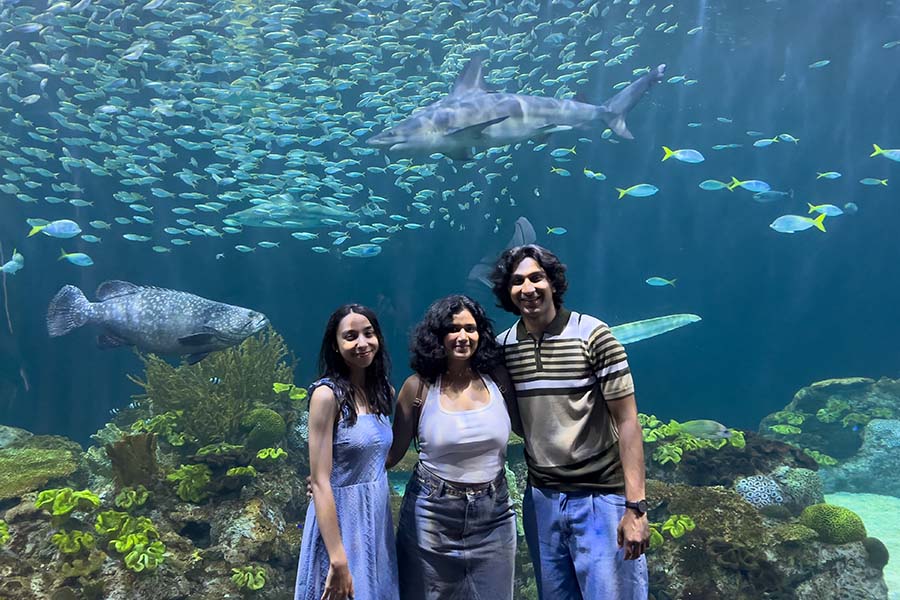
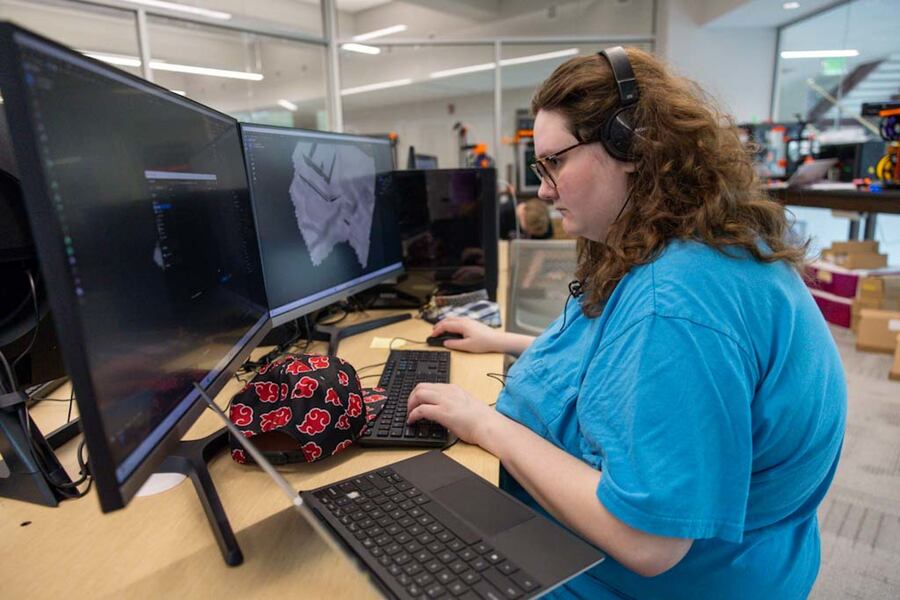
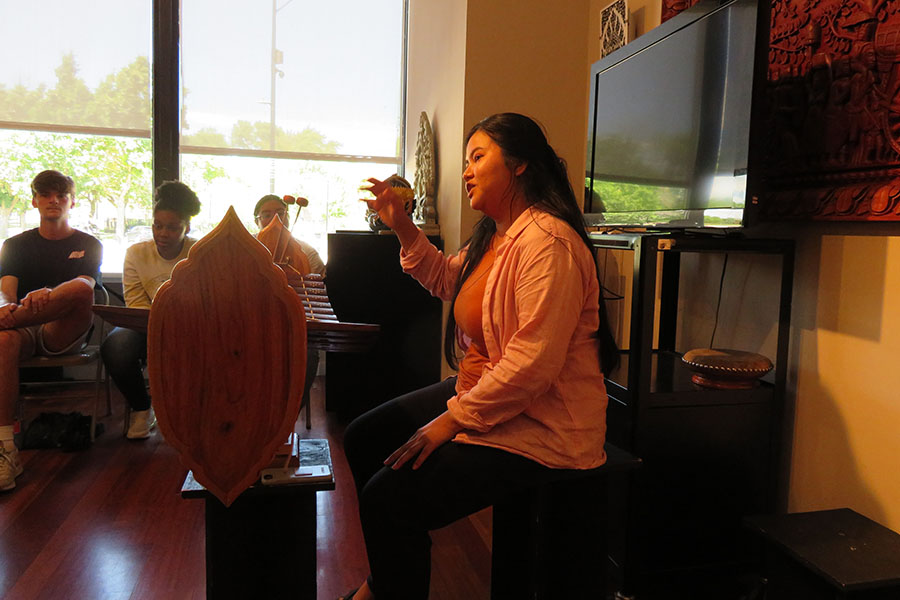
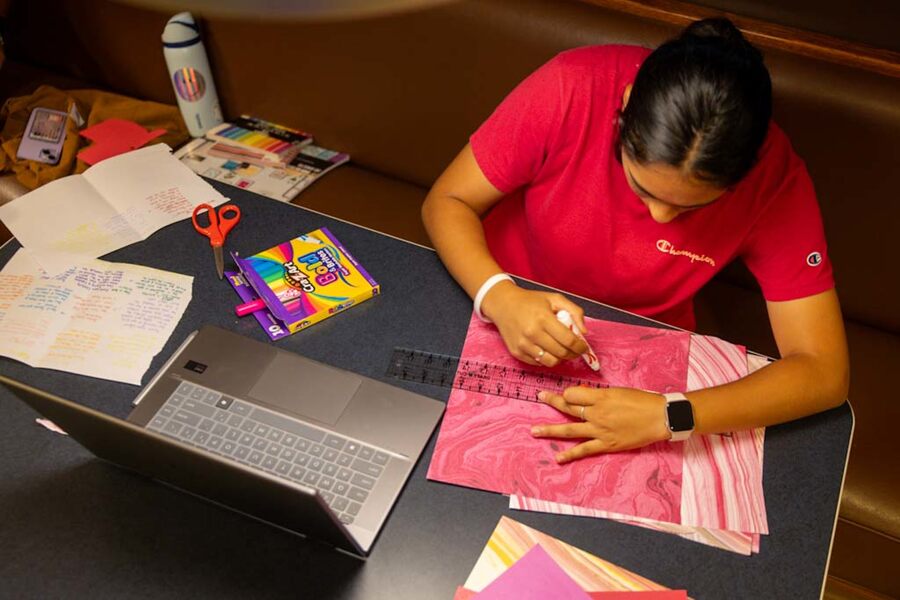
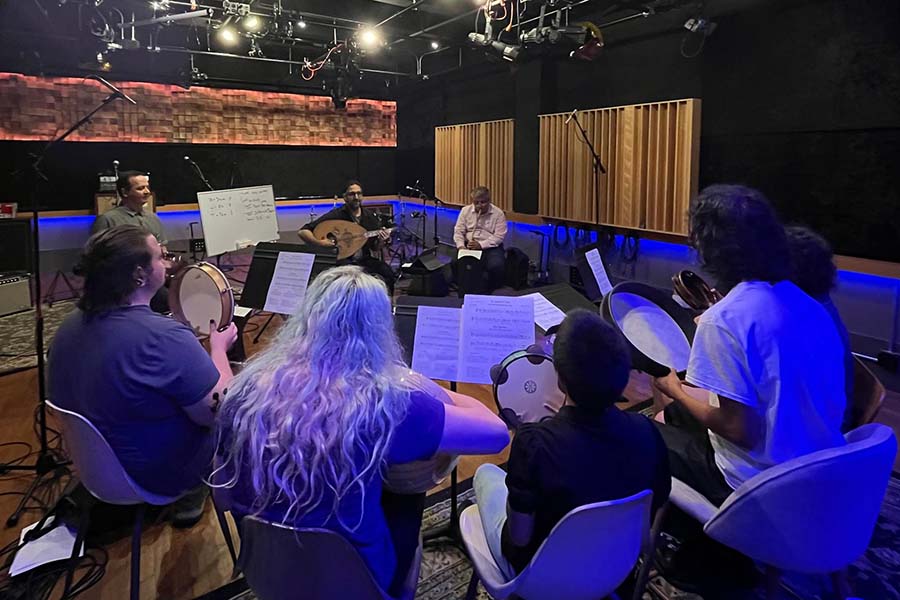
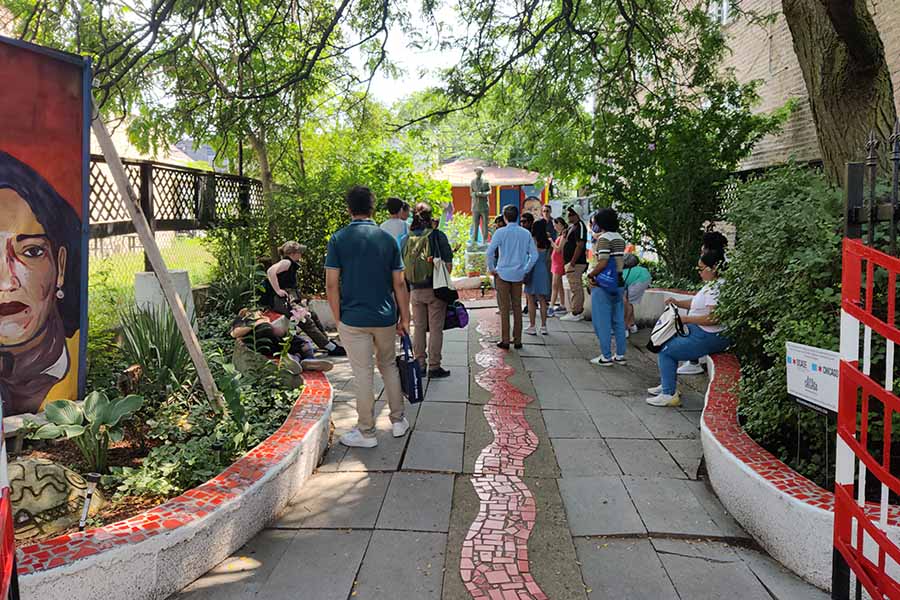
Cameron Rivera ’25 - Life, Work, Community, and Culture in the Second City:
“The program exceeded my expectations. It fulfilled its promise of giving students the experience of work and life in the city of Chicago and did so with the freedom to explore the city independently using public transport, as a group in many of Chicago’s culturally diverse neighborhoods, and as a commuter as we traveled to and took part in our internships.”
Diya Goyal ’25 - Life, Work, Community, and Culture in the Second City:
“I was intrigued with the different elements that the program offered; an internship, a month in one of the best cities on the planet, free housing, tickets to shows and games. I mean, who wouldn't want to take part in this course? It all just sounded so exciting and fun, especially in the summertime, funded by the College. It also gave me the opportunity to have an adulthood trial round where I got to feel what it would be like to live in a bigger city, navigate transportation, budget my expenses and balance my social life. “
Amira Siddique ’25 - Middle Eastern Music in the United States: History and Performance:
“This was truly a life-changing experience. We got to learn from extraordinary, talented guest artists, hear about their life experiences as Arabs in America as well as many other Middle Eastern/Middle Eastern American experiences, eat incredible food, and even create gorgeous music ourselves. Not only that, I got to do it with a group of students that didn’t all know each other before this. Yet, we came out of the course as a cohesive, collaborative crew with new friendships, irreplaceable memories, and extensive inside jokes together.”
Savanna Cunningham ’27 - Indigenous Representation and Cultural Identity in Illinois:
“This course helped me be more intentional about how I talk about Native people and their history. There are truths that they share that are different than the colonial ideas of truth.”
Ellie Anderson ’26 - Indigenous Representation and Cultural Identity in Illinois:
“I know the museum field is difficult, but seeing it from the perspective of this class gave me the motivation to do better. I want to help be part of the new generation that improves the information that’s available.”
Susie Hernandez ’26 - Deconstructing Barbie:
“I feel like this course expanded my view on Barbie and toys in general. Not everyone feels represented by the toys they received as a kid. It’s not something I expected to learn about, and I found it very interesting.”
Amelia Wirth ’24 - Virtual Heritage and Video Games: Recreating a Nagasaki Mission School:
“Immersion Summer provided a lot of value for me. There have been many student-directed opportunities, and the coursework feels less rigid. There’s individual responsibility for everyone involved. I also think it’s helped develop career skill opportunities, which are helpful when looking at interdisciplinary opportunities.”
Published on August 23, 2024
-Mitch Prentice ’17, Office of Communications Lead Writer/Editor